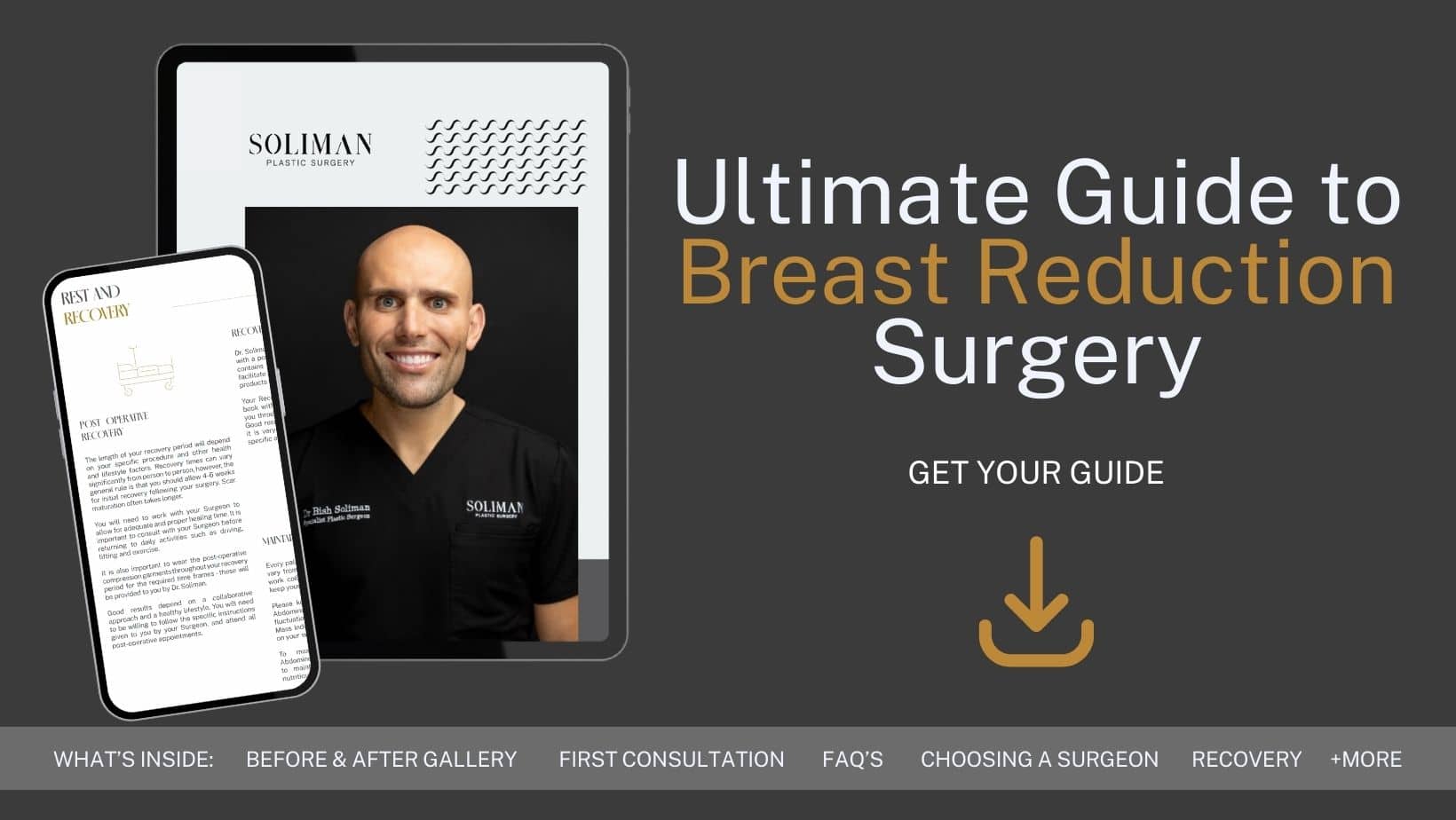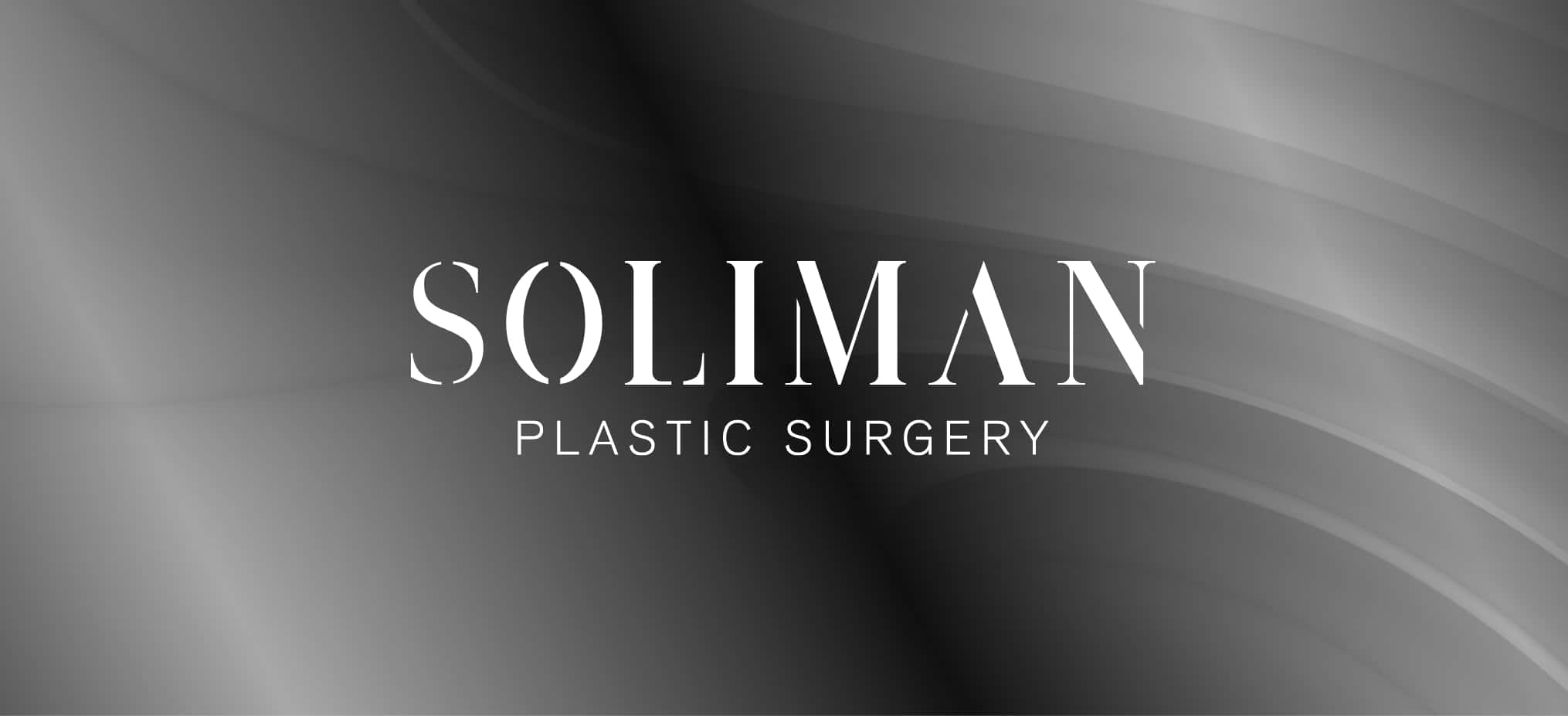Effective Management of Scars after Breast Reduction Surgery
Breast reduction is performed to reduce the size of overly large breasts. The operation involves the removal of excess breast fat, glandular tissue, and skin to achieve a breast size in proportion with the body. While it can alleviate physical discomfort, it’s important to be aware that this surgery, like any other, involves incisions and will result in scars. Breast reduction scars are the body’s natural response to the incisions made during surgery. These scars are usually located around the areola, extending vertically down to the breast crease and horizontally along the breast crease, forming an anchor-like pattern. However, the extent and appearance of these scars can significantly vary based on surgical techniques, the individual’s genetic predisposition, and post-operative care.
Scarring is a natural part of the healing process following any invasive procedure. The body repairs the wound site by producing new collagen fibres, resulting in a patch of tissue that looks and feels different from the surrounding skin. At first, the scar may appear red, raised, and hard. Over time, it gradually flattens and fades, becoming paler and softer.
Specialist Plastic Surgeon Dr Bish Soliman performs both reconstruction and aesthetic breast surgery.
Download Dr Bish Soliman Breast Reduction Guide

Factors that Impact Scar Formation
When discussing scar healing, it’s important to remember that it is a complex, dynamic process affected by an array of different factors. By gaining a deeper understanding of these factors, you can better manage expectations and take proactive measures to optimise your healing process. Here are the primary factors that influence scar healing post-breast reduction surgery:
Individual Healing Properties
The first factor to consider is your body’s unique healing capabilities. Various aspects can contribute to this:
- Genetics: Your genetic makeup plays a significant role in how your body heals. Certain genes are involved in wound healing and scar formation, and their activity level can vary greatly between individuals. Some people may have a genetic predisposition to form hypertrophic scars (raised but within the wound boundaries) or keloids (raised and extend beyond the wound boundaries), while others might experience minimal scarring.
- Age: As we age, our skin’s ability to heal from wounds changes. Younger skin tends to heal faster and with less visible scarring compared to older skin. This is due to factors such as the slower production of collagen (an essential protein in skin tissue) and reduced skin elasticity as we age.
- Skin type: Skin type can also influence scar healing. Those with darker skin are generally more prone to developing noticeable scars, including keloids and hypertrophic scars.
Surgical Technique
The second significant factor in scar healing is the surgical technique used:
- Incision location: Dr Soliman tries to make incisions in areas that can be hidden or are less visible. For example, incisions made around the areola or along natural skin creases can help conceal the resulting scars.
- Surgical technique: The type of surgical procedure used can impact the amount and location of scarring. In breast reduction surgery, different techniques are available depending on the amount of tissue to be removed, the patient’s anatomy, and their desired outcome. Each technique may lead to different types and patterns of scarring.
- Suturing technique: The method used to close the wound can also affect scar formation. Dr Soliman can use a variety of sutures and techniques that can minimise tension on the wound, promote optimal healing, and reduce visible scarring.
Post-Operative Care
The care you provide to your wounds after surgery is another significant factor in scar healing:
- Wound care: Keeping the wound clean and dry is vital to prevent infections that could delay healing and worsen scarring.
- Follow instructions: Strictly following Dr Soliman’s instructions, including when and how to change dressings, can optimise the healing process.
- Avoid strain: Avoiding activities that could put strain on the surgical site, especially in the early post-operative period, can prevent wound dehiscence (separation of the wound edges) and optimise scar healing.
- Massage: Once Dr Soliman gives the go-ahead, gentle massage to the scar can help. Regular massage can increase circulation to the area, reduce scar tissue build-up, and can potentially improve the appearance of the scar.
Nutrition
Your overall health and nutrition can significantly impact your healing process:
- Balanced diet: A diet rich in proteins, vitamins (particularly Vitamin C and A), and minerals like zinc can support tissue repair and regeneration.
- Hydration: Keeping your body well-hydrated can support skin health, which in turn can aid in wound healing and minimise scarring.
- Avoid harmful substances: Smoking and excessive alcohol consumption can impair the healing process and should be avoided.
- Control underlying conditions: If you have underlying health conditions like diabetes or autoimmune diseases, ensuring they’re well-managed is essential, as these conditions can impact the healing process.
Practical Scar Management Techniques
For optimal scar healing following breast reduction surgery, there are several practical management techniques you can employ. These strategies work best in combination with each other and must always be accompanied by a discussion with your plastic surgeon.
Follow Dr Soliman’s Post-Operative Instructions
Your surgeon will provide you with a set of post-operative instructions. This will be your primary roadmap for recovery. It might cover:
- Wound care: Instructions on how to clean and dress the wound, preventing infection and promoting healing.
- Activity levels: Guidance on physical activities, including any restrictions or modifications required in the initial healing phase.
- Medication use: Information on what medications to take to manage pain and swelling and reduce the risk of infection.
- Follow-up visits: Scheduling regular check-ups to monitor the healing process, adjust treatments if necessary, and manage any potential complications.
Silicone Gel or Sheets
One of the most recommended scar treatment options is silicone products. Studies have shown that silicone can help in scar healing. It can:
- Create a protective barrier, keeping the scar area hydrated and preventing external irritants from interrupting the healing process.
- Soften and flatten scars by regulating the production of collagen.
- Reduce redness and discolouration of the scar.
- Silicone products should be used consistently for several months to see the best results.
Topical Creams and Gels
Over-the-counter creams and gels can also be useful. These products usually contain ingredients such as onion extract or vitamin E. However, their effectiveness varies, and it’s always best to consult with your plastic surgeon before starting any new topical treatment.
Medical Treatments
In some cases, medical treatments might be considered, especially for more severe or persistent scars. Options include:
- Laser therapy: Laser treatment can reduce the redness, pain, and thickness of scars by using light energy to remove layers of skin around the scar and promote new skin growth.
- Steroid injections: Steroid injections can be used for hypertrophic or keloid scars. They work by reducing inflammation and slowing down the excessive collagen production that leads to raised scars.
Lifestyle Changes
Certain lifestyle modifications can also promote overall healing and scar reduction.
- Balanced diet: A diet rich in protein, vitamin C, and zinc can support collagen production, a critical component of scar tissue.
- Hydration: Drinking plenty of water keeps the skin hydrated and elastic, which can help minimize the appearance of scars.
- Sun protection: Protecting your scars from the sun is critical as scar tissue is sensitive to sunlight. Exposure can darken the scar and make it more noticeable. Use a broad-spectrum sunscreen of SPF 30 or higher when going outdoors, and cover the area with clothing if possible.
Managing scars after a breast reduction surgery is a comprehensive process that takes into account various factors and employs a range of techniques. Patience and consistency are key in achieving the best results.
Myths about Scar Healing
When it comes to scar healing, there is a lot of information available, and not all of it is accurate. Understanding the truths and falsehoods can help you form realistic expectations and avoid harmful practices.
- A common myth is that scars are temporary and will disappear with time. In reality, scars are permanent. They are the body’s way of repairing damage to its tissues. Although scars can fade and become less noticeable over time, they won’t disappear entirely.
- Another myth involves tanning, with some believing that it can help hide scars. The truth is that tanning can actually make scars more visible. As mentioned earlier, scar tissue is very sensitive to sunlight. Sun exposure can darken the scar and delay the healing process. It’s always best to keep your scar protected from the sun.
FAQs Breast Reduction Scars
Q. How long does it take for scars to heal after breast reduction surgery?
Generally, initial healing from the surgery itself may take a few weeks, while the scar maturation process can take up to a year or more. During this time, you’ll likely notice changes in the scar’s appearance. It may initially be red and somewhat raised but should gradually flatten and fade. Keep in mind that everyone’s healing process is unique and depends on various factors, including their age, genetics, and overall health.
Q. Can scars from breast reduction surgery be completely eliminated?
While scars from the surgery can be significantly minimised and faded over time through proper care and management techniques, they cannot be completely eliminated. Scars are a natural part of the body’s healing process after a wound or injury. That said, surgeons use specific techniques to place the incisions in less visible areas to help make scars less noticeable.
Q. How can I speed up the scar healing process after my breast reduction surgery?
To aid the scar healing process, follow Dr Soliman’s post-operative instructions carefully. This will likely include proper wound care, avoiding strain on the area, and possibly massaging the area when it’s healed enough. A balanced diet, staying well-hydrated, and avoiding harmful substances like tobacco and excessive alcohol can also help. Using recommended scar management techniques such as silicone sheets or gels can aid the process as well.
Q. Is it safe to expose my scars to the sun?
Scar tissue is more sensitive to sunlight than normal skin. Sun exposure can darken the scar and make it more noticeable, and it may also cause discomfort or irritation. It’s advisable to protect your scars from the sun by covering them with clothing or using a broad-spectrum sunscreen with an SPF of at least 30.
Q. I have darker skin – will this affect my scarring after breast reduction surgery?
Patients with darker skin may have a higher risk of developing noticeable scars, including keloid or hypertrophic scars. This doesn’t happen to everyone, and there are measures you can take to manage potential scarring. Discuss this with Dr Soliman prior to surgery so you can have a plan in place for optimal scar care and healing.
Further Reading about Breast Procedures with Dr Soliman
- Read Dr Soliman’s Breast Lift (Mastopexy) Surgery Page
- Read Dr Soliman’s Breast Reduction Surgery Page
- Read Dr Soliman’s Blog about How to Prepare Yourself for Breast Augmentation Surgery
- Read Dr Soliman’s Post Pregnancy Surgery Page
- Read Dr Soliman’s Breast Augmentation Surgery Page
- Read Dr Bish Soliman’s Blog about How to Prepare for Breast Reduction



